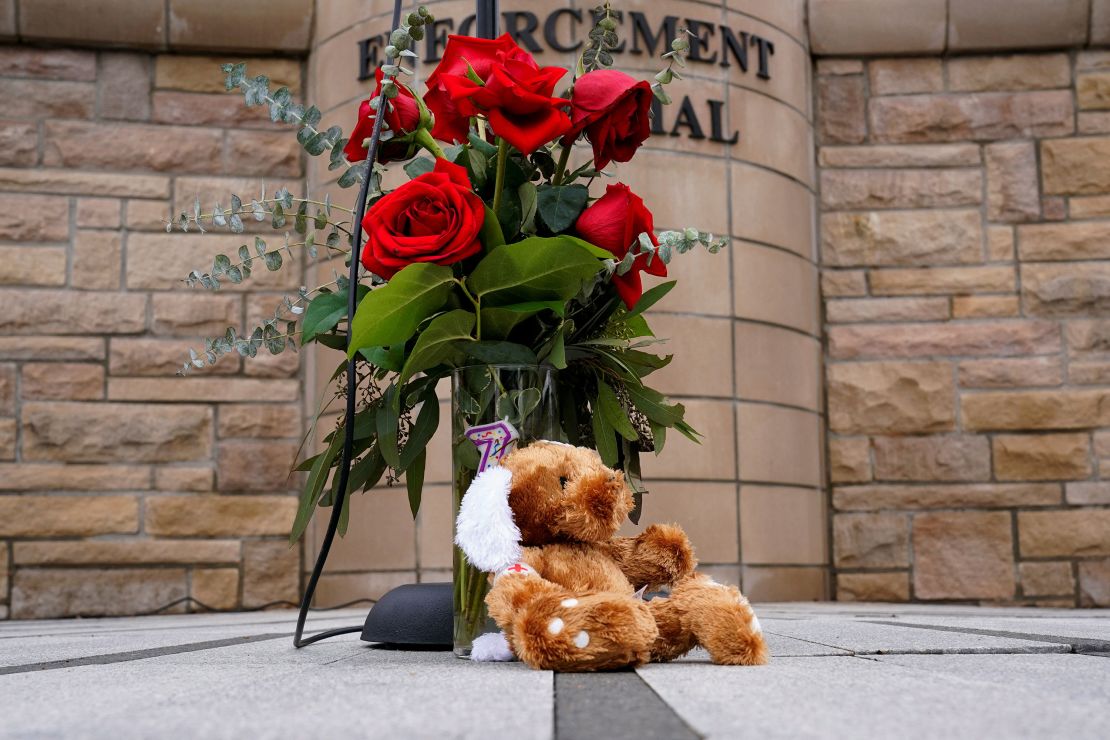CNN
—
I’ll admit it: I get some agitation when I fly on a plane. Getting inside that metal tube is where I have rediscovered prayer more than any other place. I was once so afraid of flying that I forced my father to take a train with me down to Miami from New York City.
If you’re anything like me, Wednesday night’s horrific crash involving an American Airlines plane and a US Army helicopter that left 67 dead, including 60 passengers, shook you to your core. Indeed, there are definite improvements that should be made to improve airline safety, according to experts interviewed by CNN’s Marnie Hunter and Julia Buckley.
But you and I really shouldn’t think twice about flying in the future. Flying on a US commercial airline is one of the safest things you can do, and it’s become incredibly safe the last 40 years.
This obviously does nothing to take away from the heartache of Wednesday, but it does offer reassurances for fearful flyers.
I’m a stats guy at the end of the day, and what stands out statistically about Wednesday’s tragedy is that it’s the first major crash since 2009. That was the last time more than five people died in a commercial airline accident.
Just two passengers on scheduled service were killed on US commercial airline carriers between 2010 and 2024. That was the fewest number on record for a 15-year period since the middle of the 20th century.
Even taking into account Wednesday’s crash, the 2011-2025 period has had fewer passenger fatalities than any 15-year period before the 2010s.

And that safe period is part of a larger decades-long trend of increasing safety in the United States.
According to the National Transportation Safety Board, 706 passengers were killed on US commercial airlines from 2000 to 2009 and that includes the 245 passengers who died on 9/11. That 706 number is more than 11 times as many as in the last 15 years.
This 706 figure was a decrease from the 1990s. During the 90s, 784 passengers were killed on US commercial airliners.
Amazingly, the 784 figure is fewer than preceding years. In the eight-year stretch from 1982 to 1989, 984 passengers were killed aboard scheduled US commercial airliners. The number jumps to north of 1,400 if you include chartered or non-regularly scheduled flights.
(Keep in mind, many passengers were killed by bombings in the 1980s, such as the 243 who died in the infamous Pan Am 103 “Lockerbie Bombing” in 1988.)
Now any number higher than zero is too many to die on planes, but the number of passengers who have been killed on US commercial airliners during the last 15 years (62) is about 1/16th the number killed during that eight-year stretch in the 1980s.
The drop in passenger deaths stands out even more when you factor in how many more people are flying. In 2019, for example, more than 900 million people boarded a US commercial airliner. Less than 300 million boarded a commercial airliner in 1982.
Combine the fact that there have been more passengers and fewer deaths, and we’re looking at somewhere less than 1/45th the chance of a passenger dying in a US commercial airliner now versus 40 years ago.
As my colleagues Hunter and Buckley noted, “There’s a much higher chance of being killed in a shark attack, or (giving) birth to quadruplets, than to die in a plane crash.”
And there are similar trends globally. A study Hunter and Buckley cited from MIT found that “we’re now only about 1/38th as likely to die in a plane accident compared to the levels of the late 1960s and 1970s.”
But it’s not just the number of deaths that is down, it’s the number of major deadly crashes that has dropped.
Among scheduled US commercial airliners, there were five airline crashes with 100 or more fatalities from 1982 to 1989. There were four in the 1990s. There was one in the 2000s and that was over 23 years ago (November 2001).
Using a different threshold, there were 19 different incidents with any scheduled airline passenger fatalities from 1982 to 1989, 14 in the 1990s, 11 from 2000 to 2009 (seven not including 9/11) and three from 2010 to the present.
Perhaps the best way to put this in perspective is to compare flying in a plane to driving in a car. After all, it’s something many of us do every day. Additionally, it’s the way many of us would travel long distances if we didn’t travel by airplane.
For that we can turn to my colleague Chris Isidore, who has written a lot about airline safety. One of my favorite quotes from an article he wrote last year came from Anthony Brickhouse, a crash investigator and professor of aviation safety at Embry-Riddle Aeronautical University.
Brickhouse noted: “When you arrive at the airport and step aboard the pressurized tube, that’s the safest part of the trip… You were more at risk driving to the airport.”
There hasn’t been a single year in recent memory where the danger of flying by plane has come anywhere close to the danger of traveling by car in the United States, judging by the rate of deaths per 100 million miles. In most years, the rate for the airlines is well below 1/10th the level for ground vehicles.
None of these stats mean we can’t improve airline safety. We must.
What these statistics do mean is that I’m going to continue getting on commercial jets.
It’s just when I do I’ll keep repeating the odds back to myself — over and over and over again.


